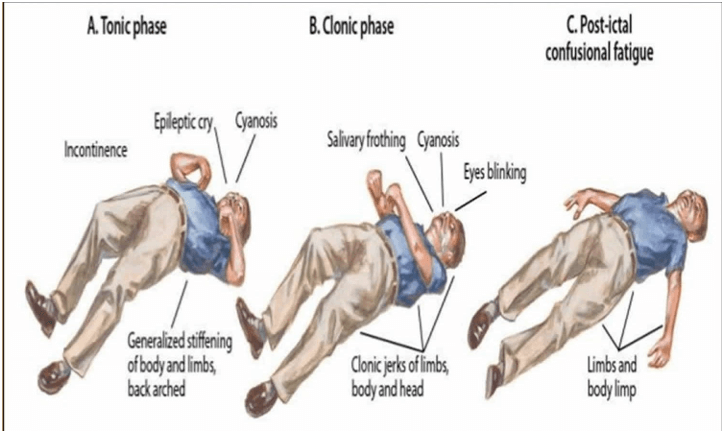A nurse is collecting data from a client who has alcohol use disorder and is experiencing withdrawal. Which of the following manifestations should the nurse expect?
Hypertension
Constipation
Polyuria
Bradycardia
The Correct Answer is A
Alcohol withdrawal can often lead to an increase in blood pressure. The autonomic nervous system becomes hyperactive during withdrawal, resulting in increased sympathetic activity, which can elevate blood pressure.
Constipation is not typically associated with alcohol withdrawal. However, chronic alcohol use can affect the gastrointestinal system and lead to digestive issues, including diarrhea or gastrointestinal bleeding.
Polyuria, which refers to excessive urination, is not a typical manifestation of alcohol withdrawal. However, alcohol use can affect fluid balance and lead to changes in urination patterns.
Bradycardia, or a slow heart rate, is not a common manifestation of alcohol withdrawal. Instead, tachycardia (an increased heart rate) is more commonly observed during withdrawal due to the hyperactivity of the autonomic nervous system.
Nursing Test Bank
Naxlex Comprehensive Predictor Exams
Related Questions
Correct Answer is D
Explanation
After a tonic-clonic seizure, the nurse should first check the child for any injuries, particularly in the oral cavity. This is because during a seizure, the child's tongue may have been biten, or there may be other oral injuries. Therefore, it is essential to check the oral cavity for any injury or bleeding.

Correct Answer is B
Explanation
An incident report is formal documentation used to report any unexpected or adverse events that occur during the course of patient care. It provides a record of the incident and helps identify areas for improvement in patient safety and quality of care. The incident report should include details about the error, the potential impact on the client, actions taken to address the error, and any necessary follow-up.
A nursing care plan is a document that outlines the client's nursing diagnoses, goals, interventions, and evaluations. It is not the appropriate place to document a medication error or incident.
The provider's progress notes are documentation made by the healthcare provider, typically documenting their assessments, diagnoses, treatment plans, and progress of the client. A medication error made by the nurse should not be documented in the provider's progress notes.
The controlled substance inventory record is a record used to track the dispensing and administration of controlled substances. While it is important to maintain accurate records of controlled substances, documenting a medication error in this record is not the appropriate place as it is primarily used for inventory management purposes
Whether you are a student looking to ace your exams or a practicing nurse seeking to enhance your expertise , our nursing education contents will empower you with the confidence and competence to make a difference in the lives of patients and become a respected leader in the healthcare field.
Visit Naxlex, invest in your future and unlock endless possibilities with our unparalleled nursing education contents today
Report Wrong Answer on the Current Question
Do you disagree with the answer? If yes, what is your expected answer? Explain.
Kindly be descriptive with the issue you are facing.
